02 Jan Hacking, smacking and fracking: The future of liability coverage

The price of liability claims shows up in the cost of the products and services we buy as well as directly through insurance premiums. It doesn’t mean that premiums collected today will be paid out anytime soon. On the contrary, liability insurance is known as a long-tail business – claims and payments that may be made years after the premiums have been collected. What are the trends and emerging areas of liability claims and should we be concerned?
On a global scale, the introduction and proliferation of new technology is a significant driver of liability exposure. For instance, when that thing called the “internet” arrived and grew, we started adding terms like “cyber breach”, “hacker” and “ransom-ware” to our common vocabulary.
With the growth of so much critical data and use of the internet for operational purposes, not only is there a greater threat of data breaches but also of global assaults on our physical and financial security. Our water systems, power plants and transportation facilities all are run via electronic networks. Though attacks on that infrastructure sound like a James Bond movie plot, emergency planners and insurers always are searching for vulnerabilities that could be exploited by the “bad guys.”
As long as the “bad guys” are working to steal, harm or destroy their targets (e.g. Sony Pictures allegedly by North Koreans), the insurance market will be there to respond in some form of risk transfer. Cyber liability insurance is good example of a growth area but one in which the tentacles of a data breach may not be fully known for years to come. Despite best efforts by savvy programmers, as soon as the “good guys” plug the holes, the “bad guys” find another.
Another technological development regarding liability will be insuring computer-assisted and driverless cars. New car models already are being introduced with sensors to assist with spotting hazards, braking, acceleration and steering. Though all these improvements are in the name of safety, when one of these systems is implicated in an accident(SMACK!), claims against the developers as well as the vehicle owners will begin to fly and we will begin to plow new ground in the realm of liability.
The ranks of forensic specialists are certain to grow and those with expertise in this small but blossoming niche will find themselves in greater demand analyzing “black boxes” as well as physical evidence and eye witness accounts.
Another area of potential losses cited by the analysts could be from hydrofracking in which chemicals and high pressure fluids are used to release deeply buried oil and gases for commercial production. Though often deeper than aquifers that provide potable water for households and industry, there is a risk of fouling the waters of these massive water resources. At issue is human and animal health as well as the potential that a polluting event could render vast tracks of housing all but uninhabitable for lack of clean drinking water. The key word is “could.” When “could” is intoned, the insurance industry tries to quantify the probability, extent and duration of potential damage. They then create a product to protect the developers and those that could be harmed.
While the insurance industry is well capitalized, there may be limits to how much risk they can handle. Following the destruction of the World Trade Center towers in 2001, Congress passed the Terrorism Risk Insurance Act (TRIA) as a backstop by the federal government to protect the backbone of our risk transfer model. Insurers indicated at the time that they would be hesitant to insure large buildings in New York. The Act expired on December 31, 2014 and was not extended which could leave the insurance industry vulnerable to financial disruption.
Though new liability risks will continue to emerge, they may not dramatically impact the cost of liability insurance or consumer pricing. Given the access to “big data”, insurance companies have the capacity to crunch the numbers to determine probabilities and costs. As long as actuaries aren’t hacked or have their models corrupted while driving to work in a driverless car sipping coffee from pure spring water, the future of access and reasonable pricing for coverage is likely.



